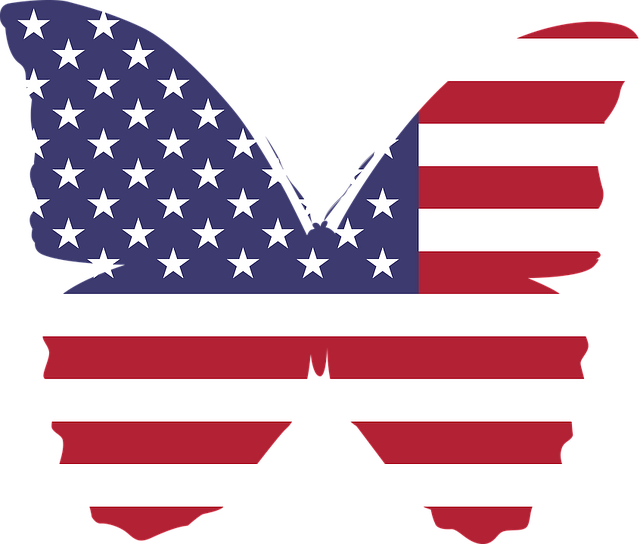The American Eagle and the U.S. Ultimate Flags are enduring emblems capturing the essence of America's values, including strength, resilience, and commitment to peace and defense. The eagle's iconic stance—holding an olive branch for peace and arrows for readiness—represents a nation that balances peaceful intentions with military vigilance, looking toward the future with a visionary outlook. The flag's design, featuring 13 stripes and 50 stars, is a universal symbol of American identity, unity, and historical continuity. Both symbols have deeply rooted meanings and have evolved to reflect the nation's growth and democratic ethos, becoming synonymous with America's influence and global presence. They signify the country's core values of freedom, justice, and democracy and are authoritative symbols of the United States on the world stage, encapsulating the enduring principles upon which the nation was founded. These icons not only represent the United States but also symbolize its cultural and economic preeminence globally.
The emblematic American Eagle and Ultimate Flags stand as enduring icons of the United States’ power, a visual testament to its historical might and cultural influence. This article delves into the deep-seated symbolism that these national emblems carry, exploring their significance in representing America’s authority across the globe. From their historical origins to the contemporary cultural narrative they weave, the American Eagle and flag serve as a powerful statement of the nation’s standing. Join us as we analyze the multifaceted ways in which these symbols communicate the United States’ dominance and continue to shape its identity on the world stage.
- The Symbolism of the American Eagle and Flag in Representing National Power
- Historical Roots: The Evolution of the Eagle and Flag as Enduring Emblems of U.S. Authority
- Analyzing the Cultural Significance: How the Eagle and Flag Communicate U.S. Dominance
The Symbolism of the American Eagle and Flag in Representing National Power

The American Eagle, a potent emblem gracing the nation’s coat of arms and the Great Seal of the United States, stands as a testament to the country’s strength and resilience. With its spread wings signifying power, valor, and freedom, the eagle holds a olive branch in one talon and arrows in the other, representing both peace and readiness for conflict. This duality encapsulates the nation’s commitment to safeguarding peace while remaining vigilant in defense of its ideals and sovereignty. The eagle’s gaze is fixed toward the future, symbolizing America’s forward-looking spirit and visionary outlook.
In conjunction with the American Eagle, the flag—its red and white stripes symbolizing the original 13 colonies, and the blue field with fifty stars representing the states of the Union—serves as a powerful national banner. The flag’s iconic design has become synonymous with American identity, values, and heritage. It flies high on land and sea, a universally recognized symbol of the country’s collective aspirations and unity. The flag’s presence is a tangible representation of national power, an enduring image that resonates across diverse landscapes and communities, uniting them under a common emblem of pride and patriotism. Together, the American Eagle and the flag serve as indelible icons of the United States, signifying its historical legacy, cultural influence, and ongoing presence on the global stage.
Historical Roots: The Evolution of the Eagle and Flag as Enduring Emblems of U.S. Authority

The American Eagle and the U.S. flag have long stood as enduring emblems of authority, representing the United States’ identity and values since their inception. The historical roots of these symbols date back to the Great Seal of the United States, which was designed during the nation’s founding period. The Great Seal, adopted by Congress on July 4, 1776, includes a depiction of an eagle holding in its beak a olive branch with a bundle of thirteen arrows in the other claw, symbolizing peace and war. This emblem reflects the young nation’s dual nature as both a peaceful community and a strong defender of liberty. The eagle itself, with its keen sight and majestic stature, became a powerful representation of the country’s vigilance and resilience.
As the United States grew and evolved, so too did the symbols that represented it. The flag, with its thirteen original stars and stripes, has undergone several modifications to include additional states and reflect the changing landscape of the Union. Each alteration was a testament to the nation’s expansion and its commitment to the democratic principles enshrined in its Constitution. Over time, both the American Eagle and the flag have become synonymous with U.S. power, not just as military or economic symbols, but also as beacons of American ideals such as freedom, justice, and democracy. These enduring emblems continue to symbolize the authority of the United States on the global stage, capturing the essence of a nation founded upon principles that have endured for centuries.
Analyzing the Cultural Significance: How the Eagle and Flag Communicate U.S. Dominance

The iconic American Eagle and the Stars and Stripes flag are emblematic symbols that encapsulate the spirit, history, and power of the United States. Their cultural significance transcends mere national identity, serving as a visual language that communicates the nation’s dominance and influence on the global stage. The eagle, with its majestic presence and strength, represents the sovereignty and independence that are fundamental to American values. Its image evokes a sense of vigilance and freedom, qualities that resonate deeply with the collective national psyche. As a symbol of power, the eagle’s depiction on official seals, monuments, and currency underscores the authority and might of the U.S. government.
In parallel, the flag, with its bold design of thirteen alternating red and white stripes and fifteen stars arranged in a blue field, is a visual testament to the nation’s origins and unity. It is a powerful symbol that has flown over American soil for over two centuries, through times of peace and war, signifying resilience and endurance. The flag’s presence is a silent yet potent declaration of American dominance, often seen in embassies and military installations worldwide, asserting the country’s influence and reach beyond its borders. Both the American Eagle and the flag serve as enduring icons that not only represent the United States but also communicate its cultural and economic prominence to a global audience.
